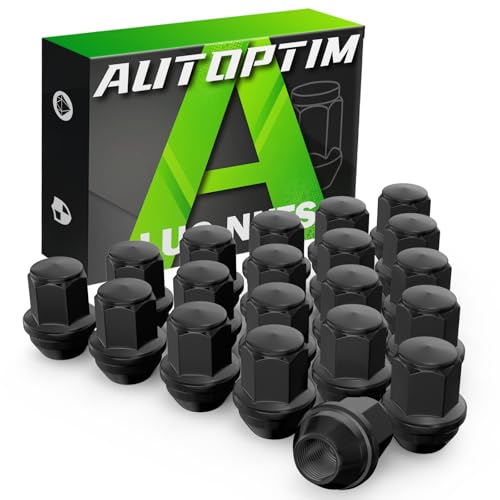- Joined
- Jul 21, 2012
- Messages
- 3,281
- Reaction score
- 50
- Location
- South Florida
- My Car
- '71 Mustang Mach 1 M-code "Soylent Green"
'68 Plymouth Satellite
Here's the thing I don't get: What determines where I should hammer? If I have a high spot to the outside, and a low spot to the inside, do I:Yes you have to hammer from both sides sometimes to get it smooth. As far as hardening goes, you don't use that much heat (will distort) only use enough to be able to manipulate the metal. The disk does the same thing and you should be able to hit both sides with it so torch may not be necessary.
- Hammer-off-dolly with a low-crown hammer on the high spot outside and the dolly on the low spot inside
- Hammer-off-dolly with a high-crown hammer on the low spot from the inside (from the inside, it's a high spot), and put the dolly on the high spot outside (which, to the inside, is a low spot).
It's these details which are not covered in even above-average bodyworking articles that trip me up.
The disc seems to work for me, though I have difficulty telling if it's doing anything. Same for some hammer/dolly work, but I finally became conscious of seeing the high spots coming down and the low spots coming up before my eyes.
No way, Jose. I've got a quarter to replace on the other car, and I'm not doing that here for a minor wrinkle. The lower half will get a butt-welded patch panel, but the upper will not.That was a lot of bond, sorry to hear of the news Kurt, if worst comes to worst, at least you know how to do a full quarter replacement now...Keep up the good work, I have faith that you can get it right without replacement metal.
That said, if I didn't mind a bit more filler than necessary, the area is already smooth enough to justify no more than 1/8" of it. But that's not good enough.
-Kurt
Last edited by a moderator:






























































